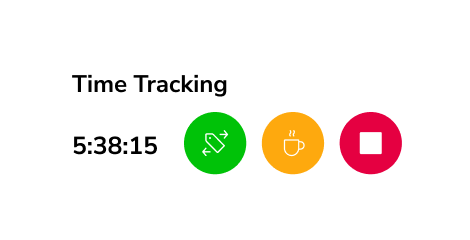74% of US employers use online monitoring, survey finds

Online monitoring and surveillance is now used by 74% of US employers, with 67% using biometric tracking like facial recognition and fingerprint scans, as found by a survey commissioned by ExpressVPN in September 2024.
However, the survey of 1,500 US employers and 1,500 employees also reveals a growing divide within the workplace. Nearly 44% of employees are unaware of whether they’re being tracked biometrically, and 50% suspect that they’re being monitored without their knowledge.
Furthermore, 32% of employees expressed feeling pressured to work faster as a result of employee monitoring, and 24% of employees admitted to skipping breaks to avoid looking unproductive.
49% of surveyed workers said they’d consider quitting if monitoring increased, and alarmingly, 24% are willing to accept a lower salary to avoid being watched.
While companies view surveillance as a way to boost productivity and accountability, many employees experience it as a source of stress and mistrust.
ExpressVPN’s Digital Privacy Advocate, Lauren Hendry, said “As companies adopt increasingly invasive tools, they risk losing the loyalty and well-being of their workforce.”
The Emerging Impacts of Employee Surveillance
According to the survey, 74% of companies now use software to log web browsing, and 59% monitor screens in real-time. In physical offices, 75% of employers deploy video surveillance and 58% use biometric systems like fingerprint or facial recognition. Meanwhile, 61% rely on artificial intelligence (AI) to assess how productive employees are.
However, growing employee concerns over these measures are leading to a noticeable backlash. 16% keep decoy apps open, 15% schedule emails to simulate activity, and 12% use software to fake work activity.
These reactions reflect deeper dissatisfaction. Despite 86% of employers claiming transparency, 77% of employees believe companies should be legally required to fully disclose surveillance, and 78% want tougher federal regulations.
How Does this Affect Workplace Productivity?
In a February 2023 survey of 2,280 remote-capable employees, research firm Gartner found that 24% of employees are performing at their best, but doubt they can keep it up all year. Another 14% feel capable of sustaining high performance but aren’t delivering it now, and 21% are neither performing optimally nor confident they can improve.
What are remote-capable employees?
Remote-capable employees are those whose roles can be performed entirely remotely or through a hybrid model that combines in-office and off-site work, typically using digital tools and internet connectivity.
Gartner’s survey found that 59% of employees are underperforming, and that these employees contribute up to 25% less value to their employer, and are 14% more likely to leave.
The Future of Employee Monitoring Software
Employee monitoring software is projected to hit $4.5 billion by 2026, with the US leading the market, according to a 2021–2026 report by Industry ARC.
Some companies are finding success with tools that support rather than surveil. Employee monitoring software that allows flexibility in features used, allows organizations to customize and adjust the level of data tracking depending on the individual requirements of teams.
Remote work isn’t fading, and surveillance tools aren’t going away. But companies must evolve their strategies. Respect, transparency, and ethical use of data are now critical for employee retention and productivity.
Related Content:
6 Ways to Better Manage a Hybrid Work Environment
Pros and Cons of Employee Monitoring
A Guide to Employee Monitoring in the US
Employee Monitoring Evasion Tactics in the Age of Remote Work



